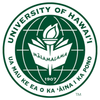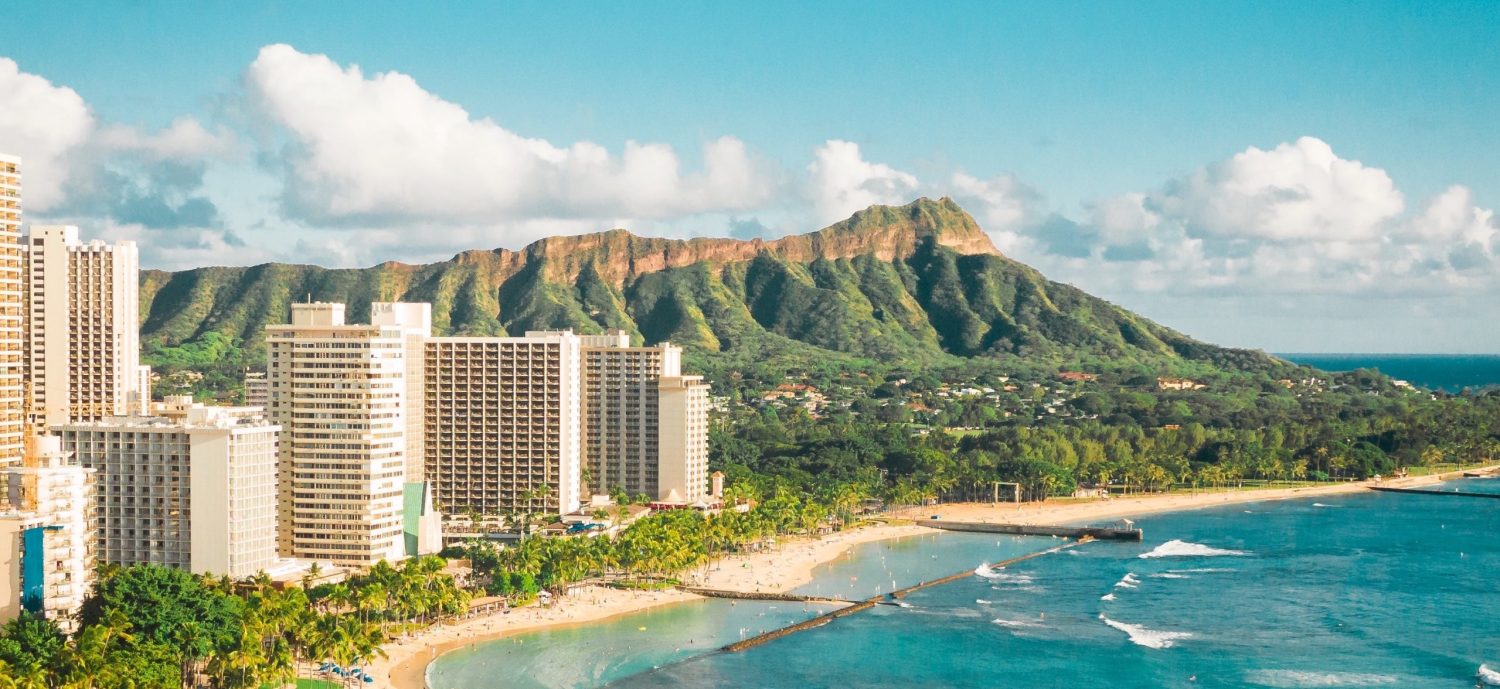Presented on Wednesday, November 6, 2024, by

Feng Jiang, Ph.D.
Research Scientist
Lamont-Doherty Earth Observatory
Columbia University
ABSTRACT
Why has the tropical eastern Pacific cooled—or at least resisted warming—over the past several decades? This divergence from the general expectation of warming in response to rising greenhouse gases is fascinating in its own right. Adding to the mystery is that generations of climate models have consistently simulated the opposite: a warmer cold tongue region. Recent debates have centered around whether this lack of warming in the cold tongue is a response to anthropogenic forcings or internal variability, particularly the Interdecadal Pacific Oscillation (IPO). Here we identify an emerging climate change signal in the tropical Pacific that we call the Pacific Climate Change (PCC) pattern. This is clearly distinguishable from the decadal variability of the IPO. While the IPO is associated with a meridionally broad, wedge-shaped sea surface temperature (SST) anomaly, the PCC features a narrow band of cooling along the equator with warming elsewhere. The PCC emerges over time while the IPO oscillates back and forth as expected if the PCC is a signal of climate change and the IPO is natural variability. Both the PCC and IPO involve changes in thermocline depth and subsurface temperature in the upwelling regions of the central to eastern equatorial Pacific. Despite this similarity we show, using ocean data and a simple wind-driven ocean model, that the PCC’s atmosphere-ocean dynamics are fundamentally different from those of the IPO. On this basis, we discuss potential reasons for coupled climate models to misrepresent the upper ocean’s response to anthropogenic forcing that compromise the reliability of past simulations and projections of the tropical Pacific and beyond.
BIO
Feng Jiang received her Ph.D. from the Nanjing University of Information Science and Technology, where she was supervised by Wenjun Zhang and co-advised by Fei-Fei Jin. Her doctoral research focused on tropical inter-basin interactions among the Pacific, Atlantic, and Indian Oceans on interannual timescales. She is currently a postdoctoral research scientist at Lamont-Doherty Earth Observatory, Columbia University, collaborating with Richard Seager and Mark Cane to understand the response of the upper tropical Pacific Ocean to radiative forcing.

